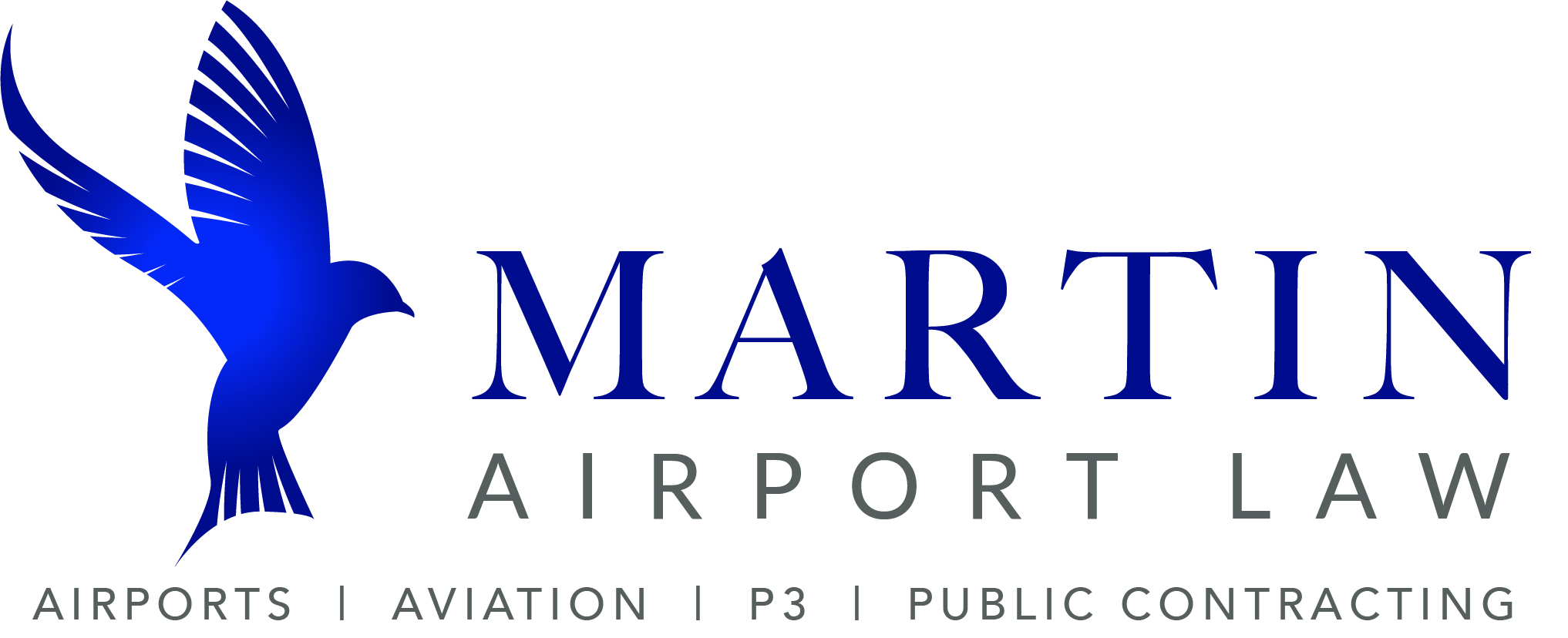Airports and the First Amendment
A Very, Very Brief Summary
Most of us are familiar with the First Amendment to the U.S. Constitution – if you, like me, had to learn the amendments in order in grade school, this one came first and was arguably more interesting than, say the 12th Amendment (if you know what that one requires, I’m impressed).
Of course, how that amendment has been implemented since it was ratified in 1791 could fill shelves in a library. This article focuses on one specific application of the First Amendment: how it applies to speech at airports. When evaluating how the first amendment works when the government is acting as a proprietor, not as a regulator, the U.S. Supreme Court utilizes a “forum analysis” and looks at the physical location of where the speaker wishes to exercise the first amendment rights. Three types of fora have been evaluated by the Supreme Court: a traditional public forum, a designated public forum, and a nonpublic forum.
In International Society for Krishna Consciousness Inc. vs. Lee (1992) the U.S. Supreme Court determined that airports are a nonpublic forum because they exist for air travel, not for expressive activity. As nonpublic fora, airports may restrict speech and speakers when the restrictions are viewpoint neutral, and reasonable in light of the purpose served by the forum. Since Lee, many airports have adopted policies and regulations governing speech such as requiring speakers to obtain a permit, and restricting the location and duration of solicitation and speaking. These policies generally address “traditional” free speech activities, such as an individual or group exercising its right to protest, or a request by a religious organization to share space in a terminal for a religious holiday. When challenged, airports have usually been successful upholding these policies when they can indicate that a written policy is in place and applied to all speakers, regardless of viewpoint, and speakers are still provided a reasonable opportunity to speak while balancing the intended purpose of the airport.
However, there are First Amendment issues to consider in more commercial activities at airports as well. Attempting to prohibit or limit newsracks, for example, has landed several airports in court: in Rapid City, ND, the court upheld the total ban on newsracks, while in Raleigh-Durham, NC, that court determined that the total ban was unreasonable given alternatives available (i.e., a newsrack concession). Courts have resolved such disputes differently depending on the reasonableness of the restriction when compared to the airport size and the revenue impact to the airport and its tenants.
The oversight and regulation of advertising in airports is another area that can implicate First Amendment concerns. There are two chief ways airports can run into issues here:
1) The first is that an airport can unintentionally alter the type of forum a court might apply, and create what could be deemed a designated public forum, instead of a nonpublic forum. A designated public forum is a venue that has intentionally opened itself to public discourse, such as the designated spaces for advertising displays. In other words, if an airport has allowed any and every message to be placed in an advertising display, and then attempts to limit a specific advertisement due to the content of the message, it could find itself facing a First Amendment challenge in court. The Department of Aviation of the City of Chicago found itself in this situation when it attempted to prohibit union criticism of an airline tenant, as did the Norfolk Airport Authority when it refused to allow advertising that competed with the airport’s parking facilities.
2) The second area of potential concern occurs even when an airport has a written policy in place governing how its advertising displays may be used. Even in this scenario, airports can face challenges when they attempt to regulate advertising based on viewpoint. The City of Philadelphia was challenged by the N.A.A.C.P. when it refused to approve an advertisement that read “Welcome to America, home to 5% of the world’s people & 25% of the world’s prisoners. Let’s build a better America together. NAACP.org/smartandsafe.” The City’s policy of prohibiting non-commercial advertising largely due to the desire to avoid “controversy” was found by the court to be a violation of the First Amendment because decisions to approve or deny advertising were based on the viewpoint being shared, which is specifically prohibited by the First Amendment.
So what can other airports learn from these cautionary tales? An advertising venue is by design a location for expression, but a carefully written and consistently enforced policy regarding who may use this forum and for what purpose could protect the nonpublic nature of the space. Even if the space has been maintained as a nonpublic forum, a real challenge still exists in ensuring viewpoint neutrality – if the policy restricts advertising that could undermine the safety and security of the airport, does that mean that a local shooting range would be prohibited from placing an ad? What about the National Rifle Association? What about Moms Demand Action for Gun Sense in America? What about a public health department ad to promote wearing masks to prevent the spread of COVID-19 – does this require an airport to also permit an organization who opposes masks to advertise?
Each airport will have to wrestle with this analysis independently, but an understanding of where other airports have faced challenges offers insight into some issues to consider. Written policies that are carefully drafted and then consistently enforced are your best defense against an expensive and time-consuming lawsuit, and consulting counsel for additional guidance is advised as well. For readers wanting a deeper understanding of the history and case law regarding the interplay of the First Amendment and airports, National Academies of Sciences, Engineering, and Medicine 2015. Regulations Affecting the Exercise of First Amendment Activities at Airports provides an excellent overview.
Source: https://www.aviationpros.com
Read the article HERE
